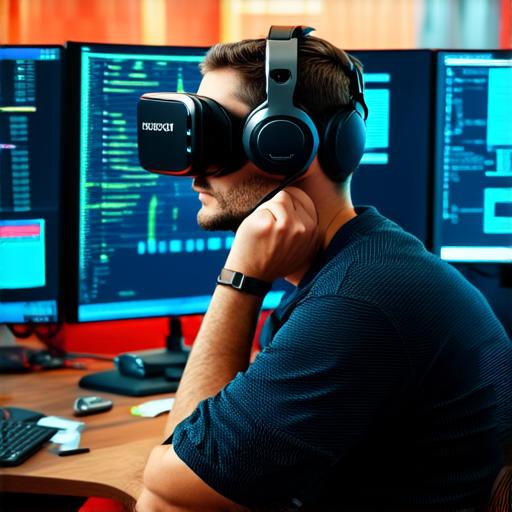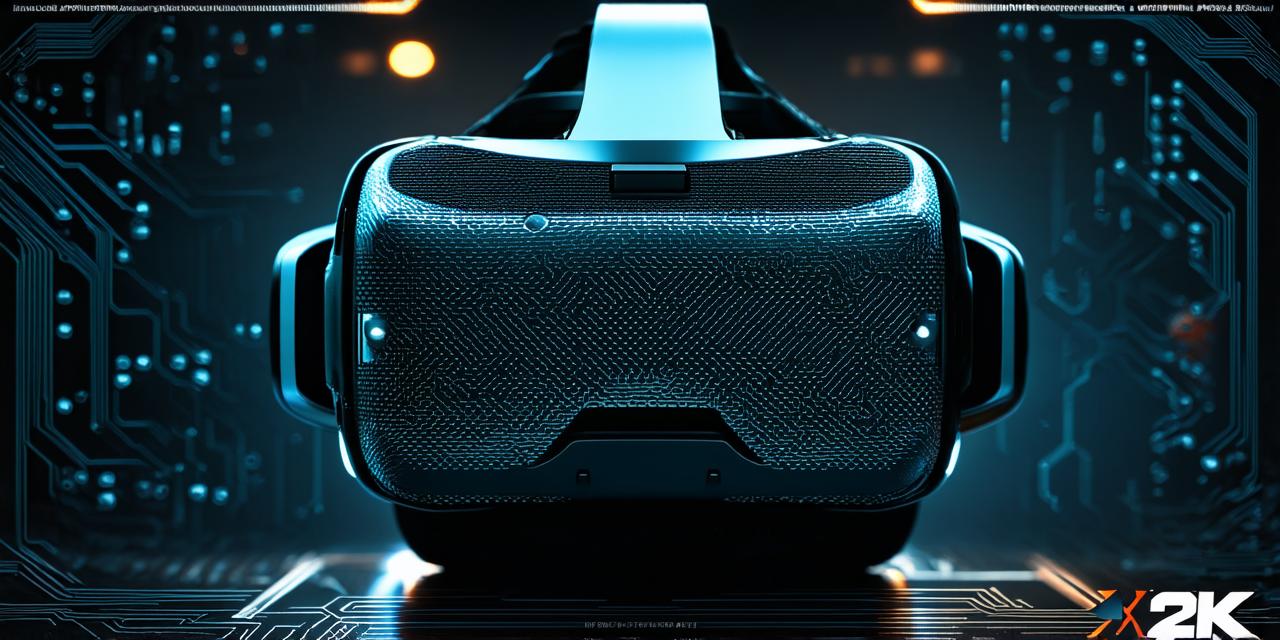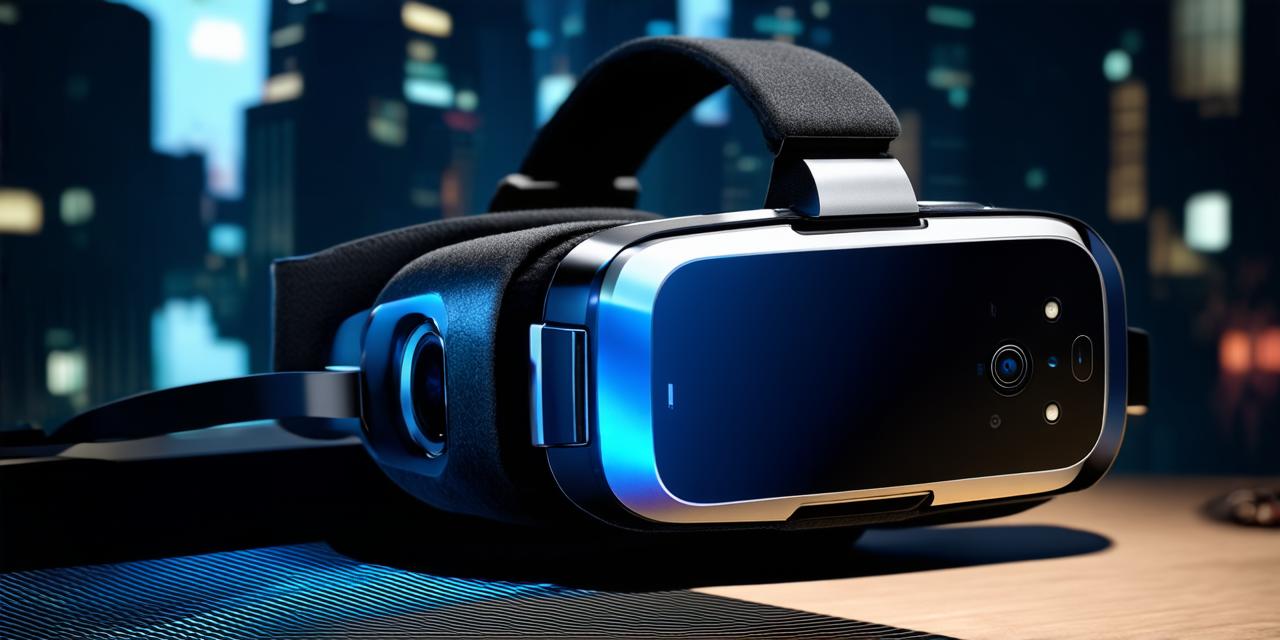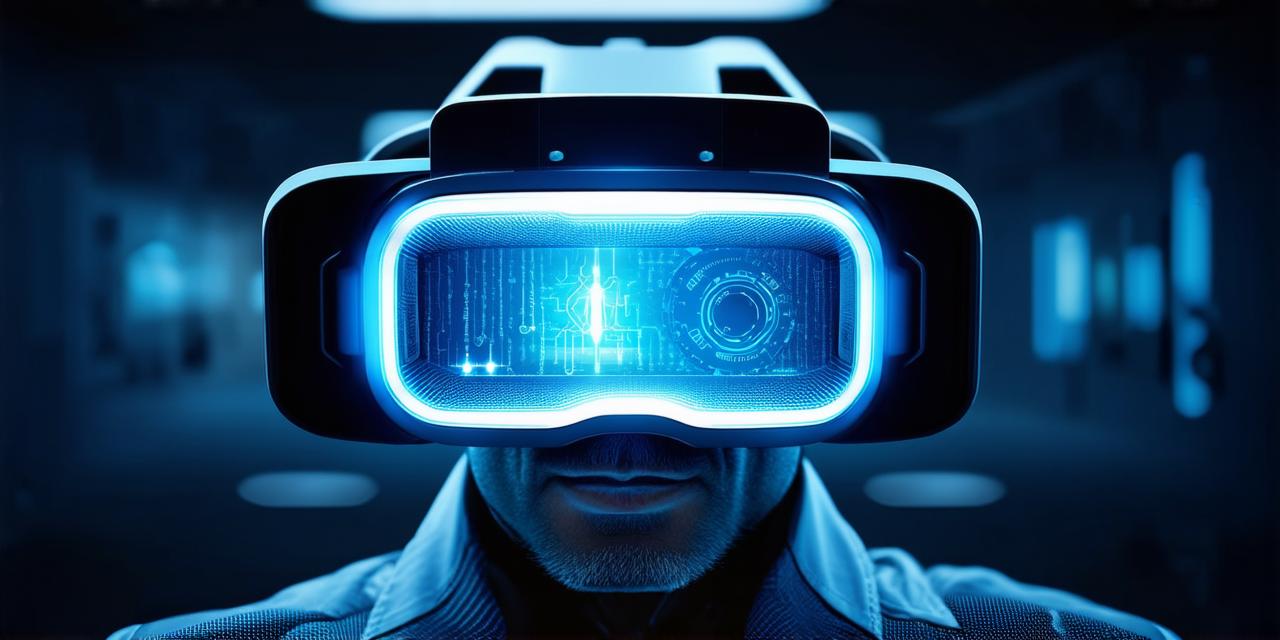Step 1: Choose Your Target Audience
Before you start creating your VR application, you need to determine who your target audience is. This can be done through market research or by conducting surveys to understand the needs and preferences of potential users. For example, if your target audience is gamers, you may want to create a VR game that provides an immersive gaming experience. If your target audience is education-focused, you may want to create a VR application that simulates historical events or scientific experiments. By understanding your target audience, you can design an application that meets their expectations and provides a great user experience.
Step 2: Determine Your Platform
There are several platforms available for creating VR applications, including Unity, Unreal Engine, and A-Frame. You need to determine which platform is best suited for your needs. Consider factors such as the complexity of the application, the budget, and the level of technical expertise required. For example, if you have limited technical expertise, A-Frame may be a good choice as it’s a web-based platform that requires minimal setup.
Step 3: Design Your Application
Once you have determined your target audience and platform, it’s time to start designing your application. This involves creating a storyboard or wireframe of your application, choosing the right assets and textures, and selecting the appropriate tools for building your VR environment. You can also use 3D modeling software to create custom objects and characters. It’s important to keep in mind that VR applications require more design considerations than traditional applications, such as minimizing motion sickness and ensuring that the user interface is intuitive and easy to use.

Step 4: Develop Your Application
After you have designed your application, it’s time to start developing it. This involves writing code, integrating graphics and audio, and testing the application to ensure it works as intended. It’s important to follow best practices for VR development, such as optimizing the application for performance, minimizing motion sickness, and ensuring that the user interface is intuitive and easy to use. You can also use performance profiling tools to identify areas where your application may be experiencing performance issues and optimize it accordingly.
Step 5: Launch Your Application
Once your application is ready, it’s time to launch it on the appropriate platform. You can also submit your application to app stores or marketplaces for distribution. To maximize the reach of your application, you should also promote it through social media, online ads, and other marketing channels. Consider partnering with influencers in your target audience to help spread the word about your application.
Optimizing Your VR Application for SEO
To optimize your VR application for search engines, you can follow these tips:
- Choose relevant keywords: When creating your VR application, choose keywords that are relevant to your target audience and the platform you are using. This will help your application rank higher in search results when users search for those keywords. For example, if your target audience is gamers, you may want to include keywords such as “VR game,” “immersive gaming experience,” and “virtual reality.”
- Optimize your metadata: Make sure your VR application is properly optimized for search engines by providing relevant metadata such as title tags, descriptions, and images. For example, when submitting your application to the Oculus Store, you can provide a title tag that includes relevant keywords, a compelling description of your application, and high-quality screenshots or videos to showcase its features.
- Build backlinks: Build backlinks from other websites to your VR application to increase its authority and improve its visibility in search results. For example, you can reach out to gaming blogs and websites and offer them exclusive access to your application in exchange for a review or feature.
- Use social media: Promote your VR application on social media platforms to drive traffic and build awareness. You can create a dedicated social media page for your application and post updates, teasers, and behind-the-scenes content to engage with your audience.
- Monitor your analytics: Keep track of your VR application’s performance using analytics tools such as Google Analytics to identify areas for improvement and optimize your SEO strategy. For example, you can track the keywords that are driving traffic to your application and adjust your metadata and backlink building efforts accordingly.
Summary:
Creating a virtual reality application requires careful planning, design, and development. To maximize the reach of your application, it’s important to follow best practices for VR development and optimize it for search engines using relevant keywords, metadata, backlinks, social media promotion, and analytics monitoring. With these tips, you can create a successful VR application that provides an immersive user experience and attracts more traffic. Additionally, don’t forget to keep your users engaged by regularly updating your application with new content and features.




